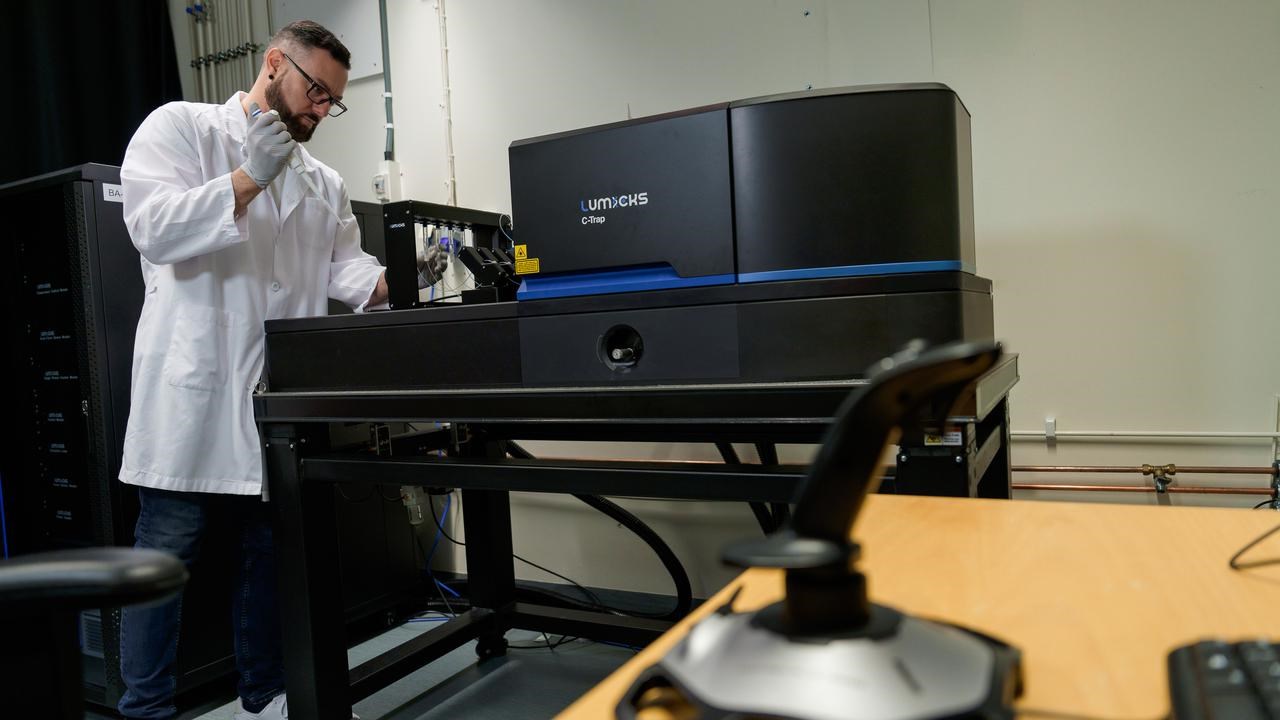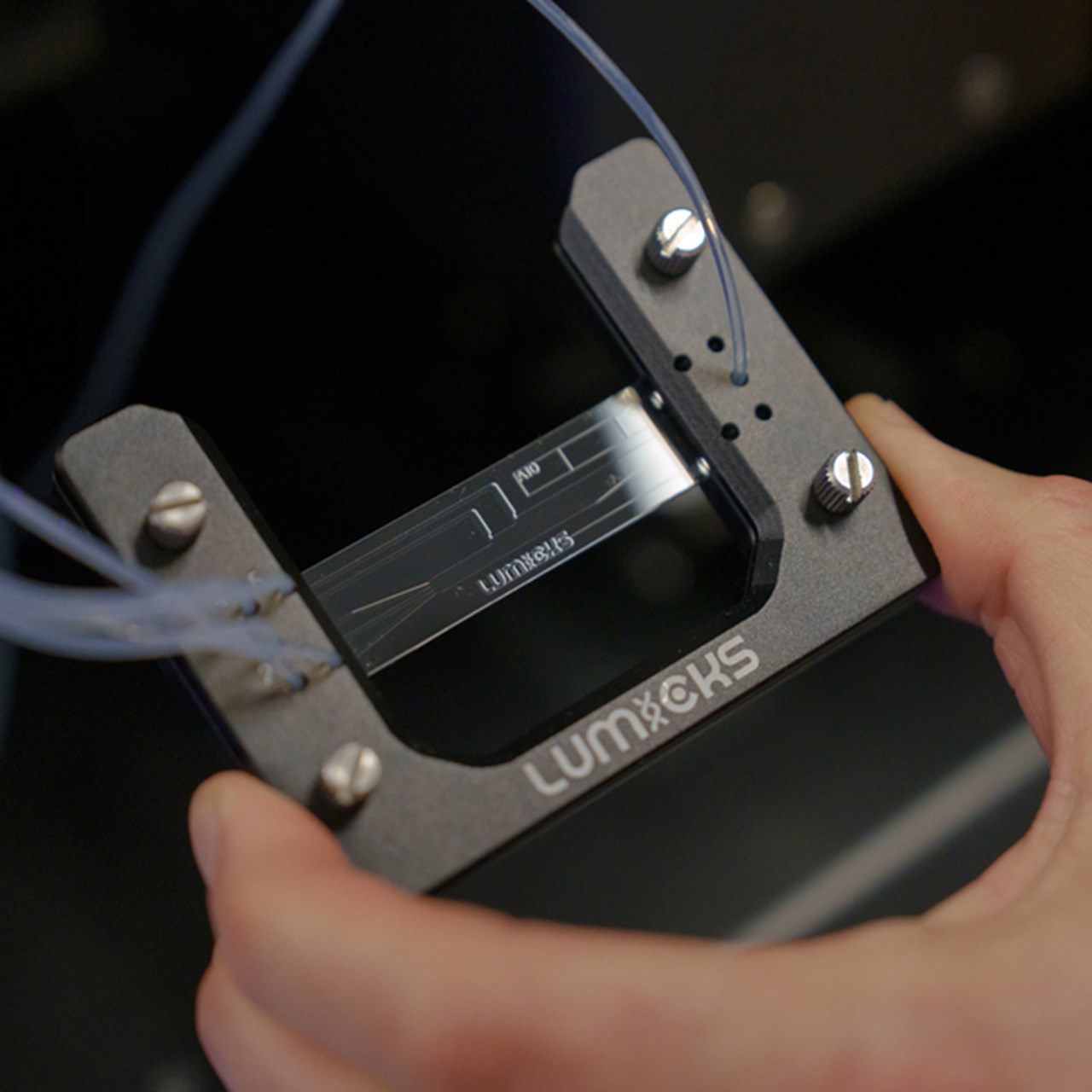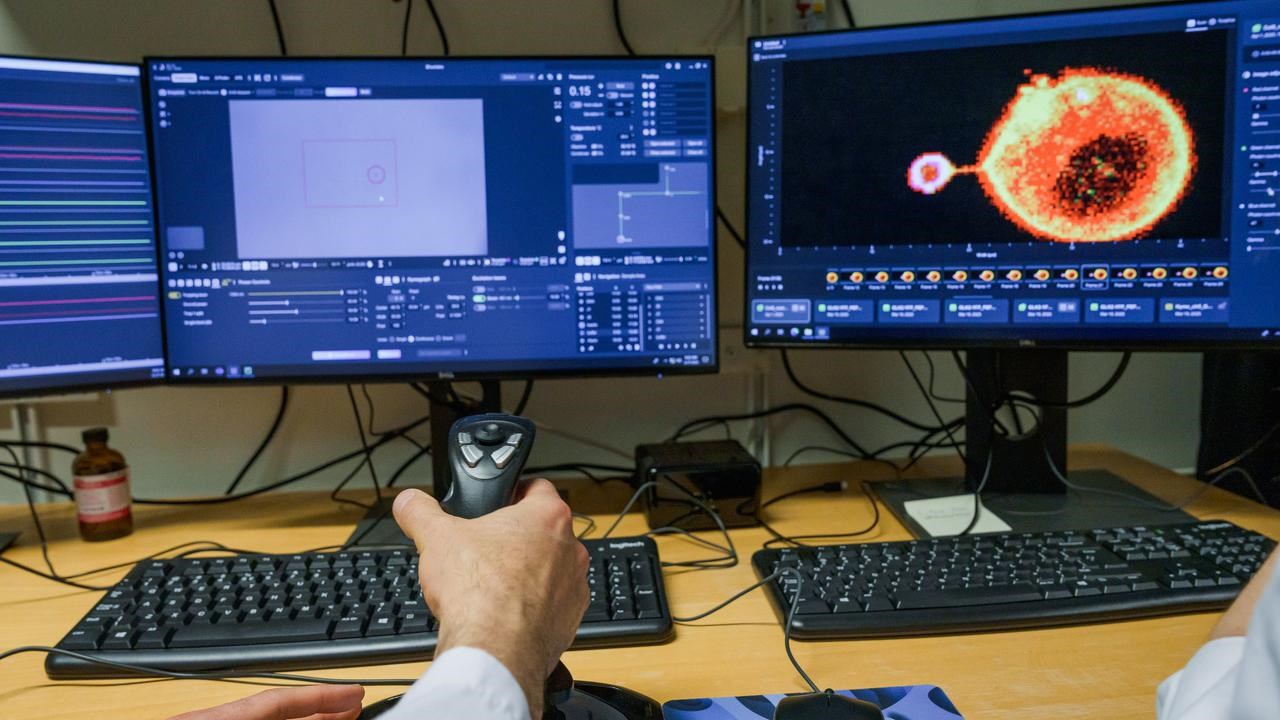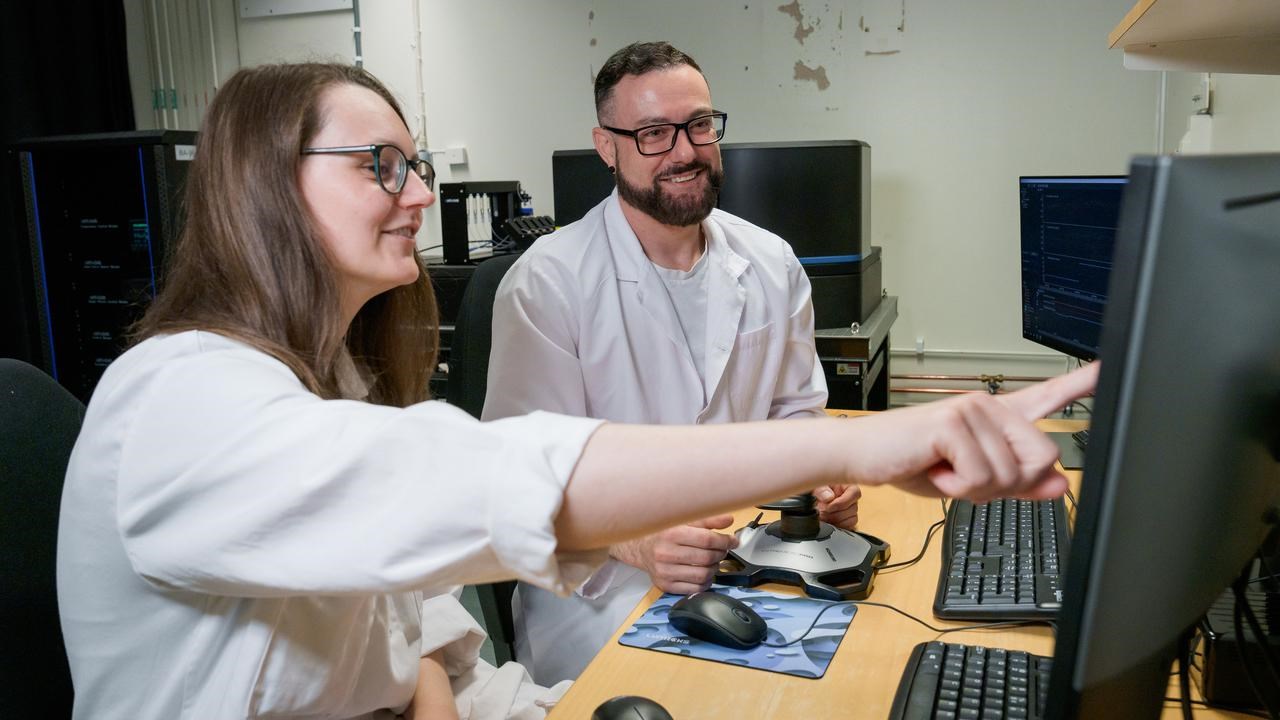About the C-Trap Facility
The C-Trap Facility is localised at the Umeå Plant Science Centre (UPSC) but has a steering group with members from different departments. Åsa Strand from the Department of Plant Physiology that is part of UPSC, is chairing the steering group.
The facility is funded by a grant from Kempestifelserna and additional financial support from the Faculty of Science and Technology, the Faculty of Medicine and the Department of Plant Physiolgy. Running costs are covered by user fees.
Rubén Casanova Sáez manages the facility and is supported by the steering group for strategic guidance, planning and resource allocation.






